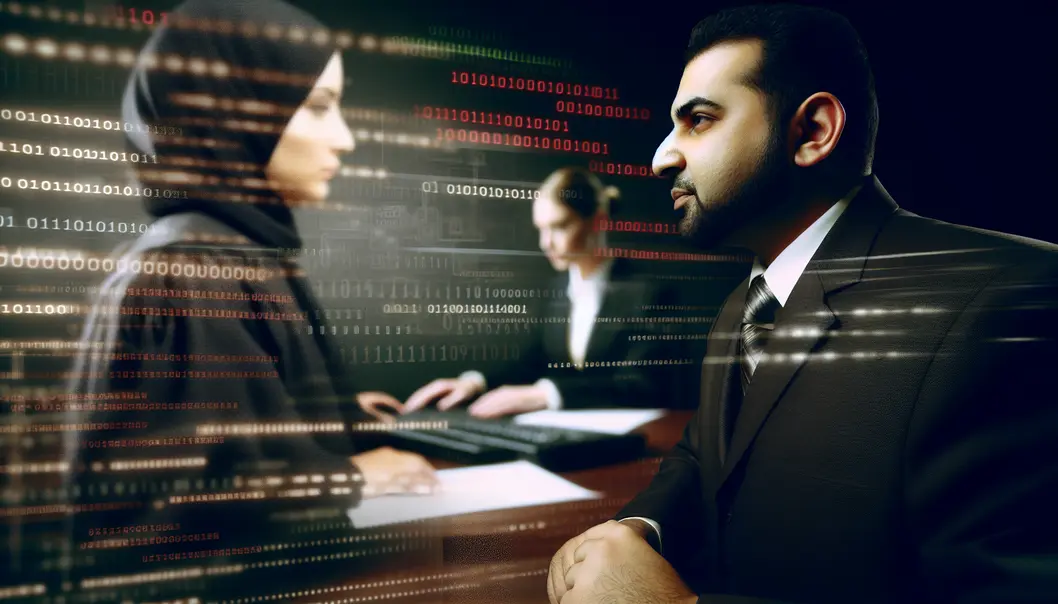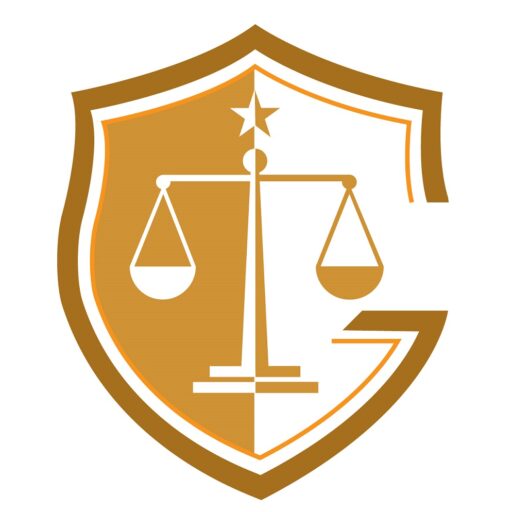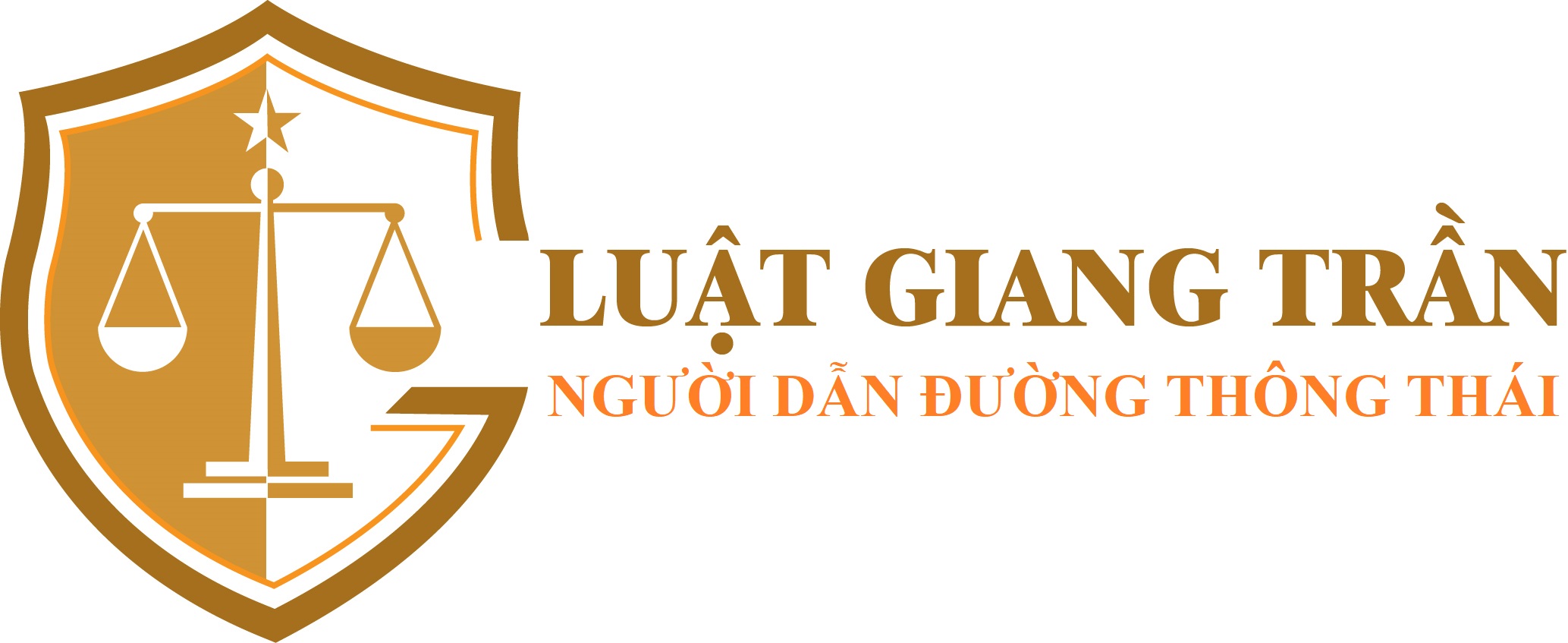Information technology law encompasses various legal principles and regulations that govern the use of technology in business and society. As technological advancements continue to reshape industries, the legal landscape becomes increasingly intricate. Lawyers must navigate this evolving framework to effectively protect their clients’ interests, ensuring compliance and mitigating risks associated with technology use and data management. This article delves into key aspects of IT law, offering insights to empower legal practitioners in handling related cases.
The Framework of Information Technology Law

The legal framework governing the technology sector is a complex web of laws and regulations. At the forefront is privacy legislation, which has become crucial due to the vast amount of personal data handled daily. The General Data Protection Regulation (GDPR) significantly impacts companies operating within or interacting with the European Union. It mandates stringent data protection measures and provides individuals with extensive rights over their personal data. Non-compliance can result in hefty fines, making it imperative for businesses to align their practices with GDPR requirements.
Intellectual property rights are another cornerstone of IT law. The Digital Millennium Copyright Act (DMCA) in the United States addresses the relationship between technology and copyright. It seeks to balance the rights of copyright owners with the technological innovations that enable digital content distribution. By prohibiting the circumvention of digital rights management (DRM) technologies, the DMCA plays a critical role in protecting copyrighted material in the digital space.
The Electronic Communications Privacy Act (ECPA) is another key piece of legislation, shaping the way organizations handle electronic communications. Originally enacted in 1986, its provisions govern the interception and access to electronic communications, requiring legal professionals to stay updated on amendments and new interpretations that reflect technological advancements.
These laws do not operate in isolation. The interplay between international legislation and domestic laws often presents challenges for businesses, particularly those operating across multiple jurisdictions. While GDPR sets a high standard for data protection, companies must also navigate domestic privacy laws in their home countries and any additional regulations where they operate.
Legal professionals play an essential role in guiding companies through this intricate landscape. Advising clients on compliance requires not only a deep understanding of existing laws but also anticipating future regulatory shifts. Lawyers must develop risk management strategies that incorporate legal compliance into business operations, ensuring their clients are not exposed to potential liabilities.
International businesses need to consider how local regulations might impact their operations. For example, they must assess the implications of regional variances in privacy protection or intellectual property governance. This demands a proactive approach to legal risk management, often necessitating partnerships with local legal experts.
For more insights on the legal aspects of IT compliance, particularly in international contexts, reviewing local regulations such as registration processes for specific legal documents can offer valuable perspectives. Such detailed understanding aids in developing globally compliant strategies.
In conclusion, IT law requires ongoing attention from legal professionals, as the sector continues to evolve rapidly. Understanding the foundational components and their interaction with both international and domestic regulations is crucial for proficient legal counsel. This chapter serves as a foundation for navigating the complexities inherent in IT law, a necessary skill set in the age of digital commerce.
Litigation and Dispute Resolution in IT Law

Litigation within the realm of IT law presents unique challenges and opportunities for legal professionals. The increasing digitization of data and the prevalence of networked systems have made data breach litigation a critical area of focus. In these cases, understanding the technical intricacies of how breaches occur is as crucial as the legal arguments themselves. Attorneys must be able to unpack complex forensic evidence and explain it convincingly to judges and juries.
When handling cases involving cyber liability, attorneys must address the breadth of potential liabilities companies face from cyberattacks. Establishing liability often hinges on the ability to demonstrate negligence in a company’s cybersecurity measures. The dynamic nature of cyber threats complicates this process, requiring lawyers to remain vigilant about emerging technologies and corresponding threats. Legal professionals must also be adept at synthesizing guidelines from industry standards and regulations to argue cases effectively.
Contractual disputes in IT law often stem from poorly drafted agreements. These include ambiguities in software licensing, service levels, and data ownership. To mitigate risks, lawyers should focus on creating clear and precise IT contracts. However, when disputes arise, understanding the technological context of these agreements allows attorneys to better represent their clients.
Arbitration and mediation are increasingly preferred as methods of dispute resolution in IT law, particularly for their ability to handle the technically intricate and specialized nature of disputes outside of traditional court settings. Arbitration can provide a faster and more flexible resolution to disagreements, while mediation offers parties an opportunity to reach a mutually beneficial agreement through facilitated negotiation. Legal professionals must be skilled in these alternative dispute resolution methods and understand their application in the IT context.
Preparation for litigation in IT law cases requires a thorough understanding of both legal principles and technological complexities. For example, attorneys should be prepared to challenge or support algorithmic decision-making processes as evidence. Engaging expert witnesses, such as IT consultants or cybersecurity specialists, can solidify arguments and provide clarity to non-technical audiences.
Risk mitigation in technology contracts cannot be overemphasized, particularly given the volatile nature of the tech industry. Provisions for data protection, intellectual property rights, and liability limitations should be clearly articulated. Additionally, lawyers should ensure that their clients regularly update contracts in response to technological and regulatory changes.
Litigating in the IT law field demands a blend of legal expertise, technical knowledge, and strategic acumen. Attorneys must navigate not only the legal implications but also the technological realities of each case. For more insights into certain contractual dispute concerns, refer to this article.
Final words
In the face of rapid technological advancements, understanding information technology law is essential for legal practitioners. By mastering the framework and dispute resolution processes, lawyers can better serve their clients and navigate the complexities of this dynamic field. Staying informed about the latest developments in IT law will empower legal professionals to address unique challenges and provide strategic guidance.
Facing legal challenges? Contact Luat Giang Tran today and let our experienced attorneys protect your rights, navigate complex cases, and secure the best outcome for you!
Learn more: https://luatgiangtran.com/lien-he-2
About us
At Luat Giang Tran, we provide expert legal services tailored to your needs. Whether you’re facing a business dispute, personal injury claim, family law issue, or criminal defense case, our experienced attorneys are here to protect your rights and guide you every step of the way. With a client-first approach, strategic legal solutions, and a commitment to justice, we ensure you get the best possible outcome.








